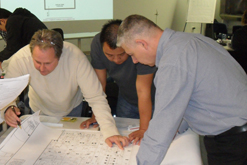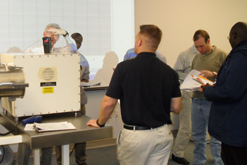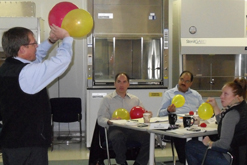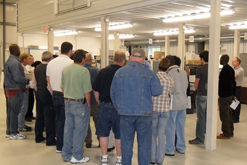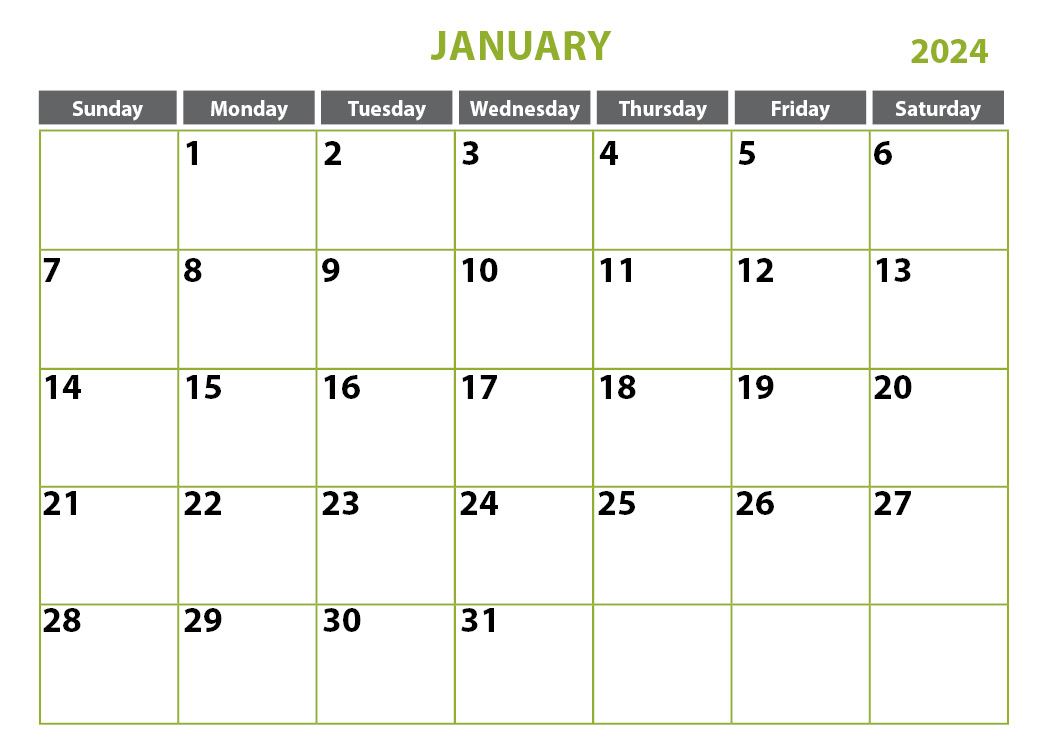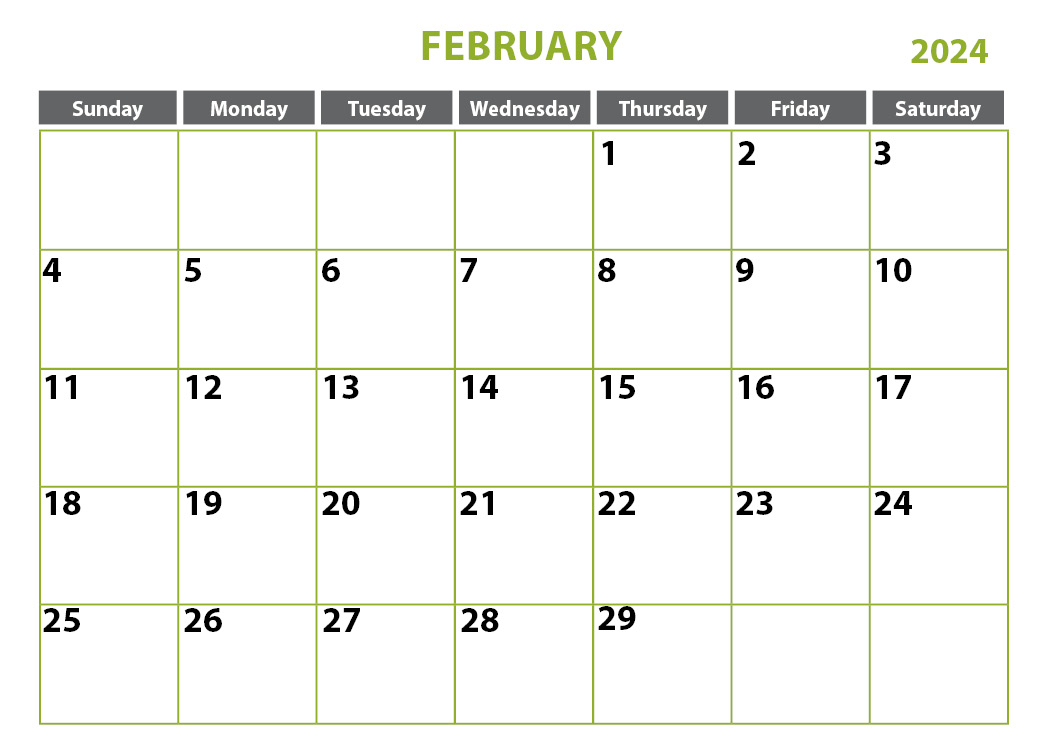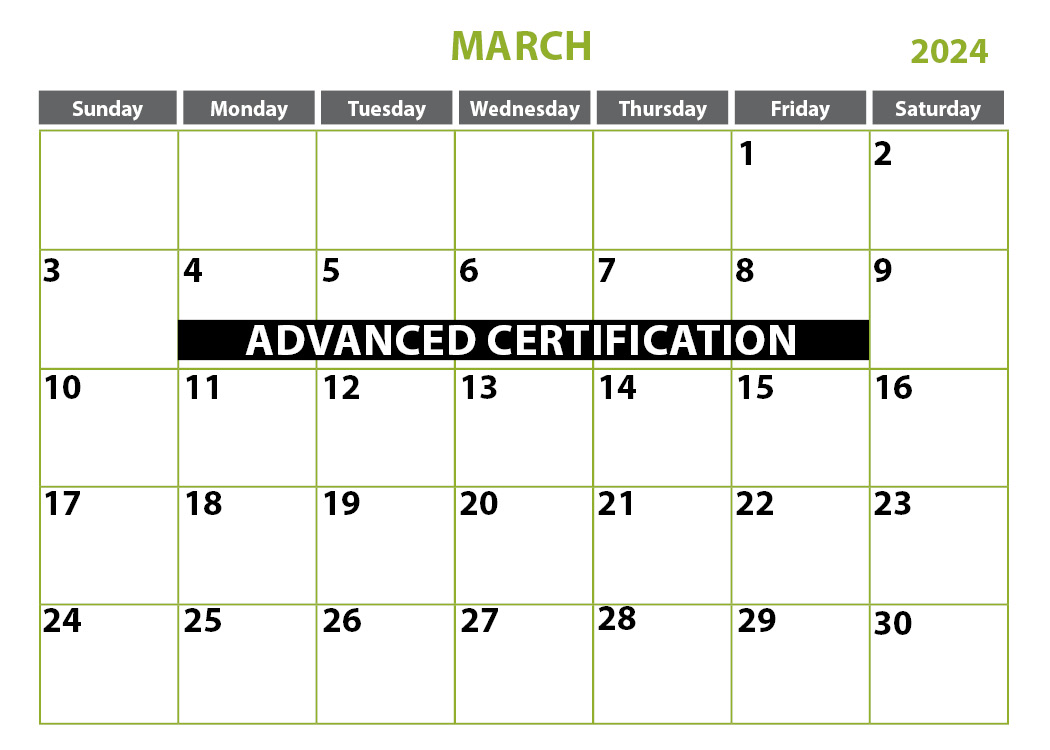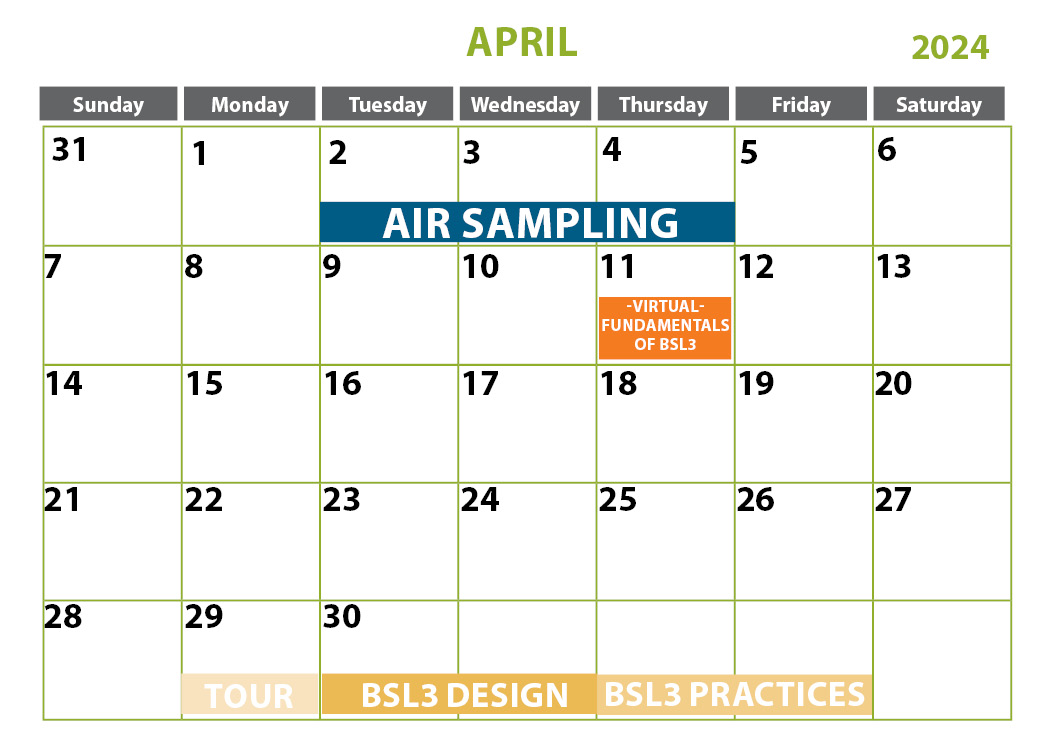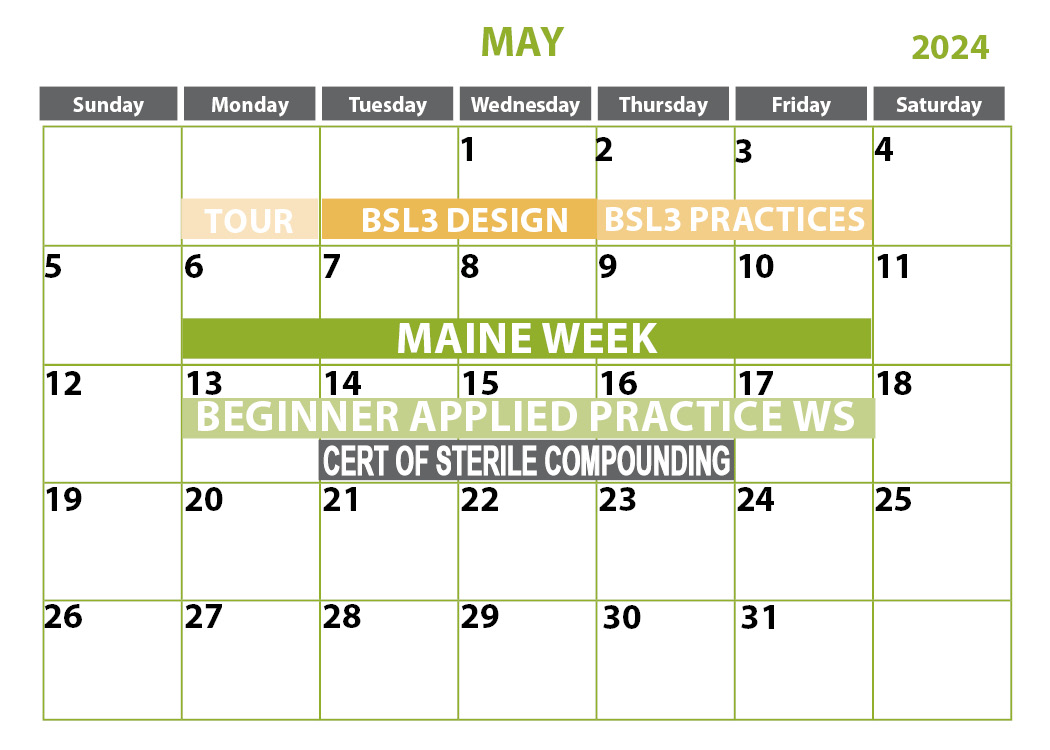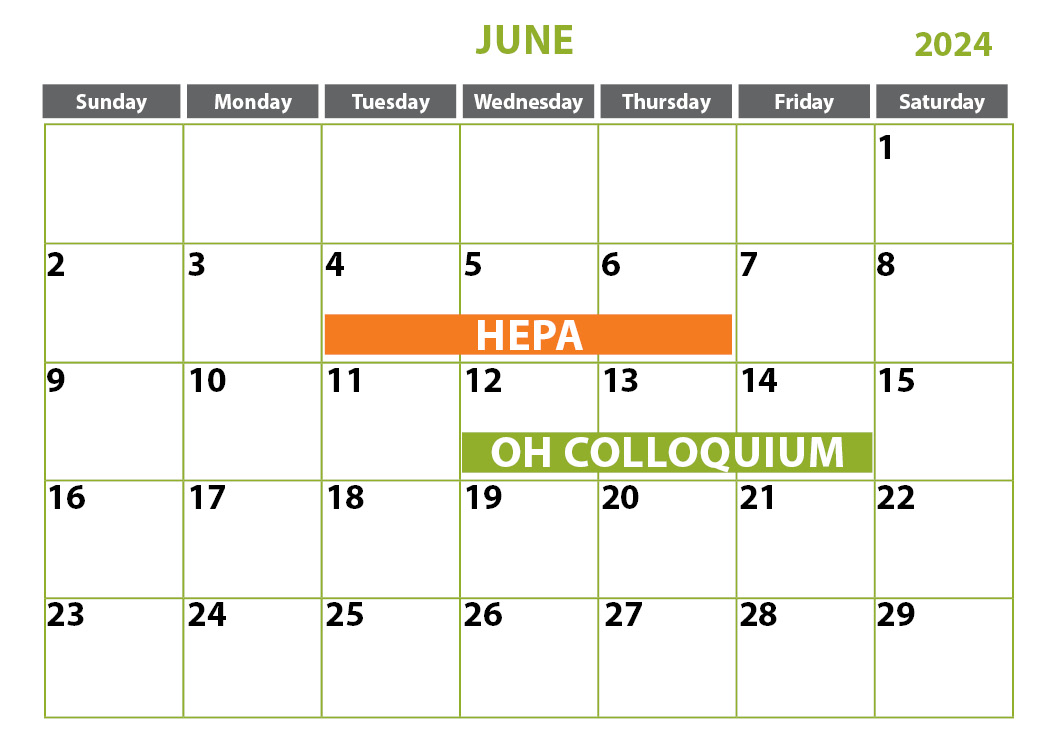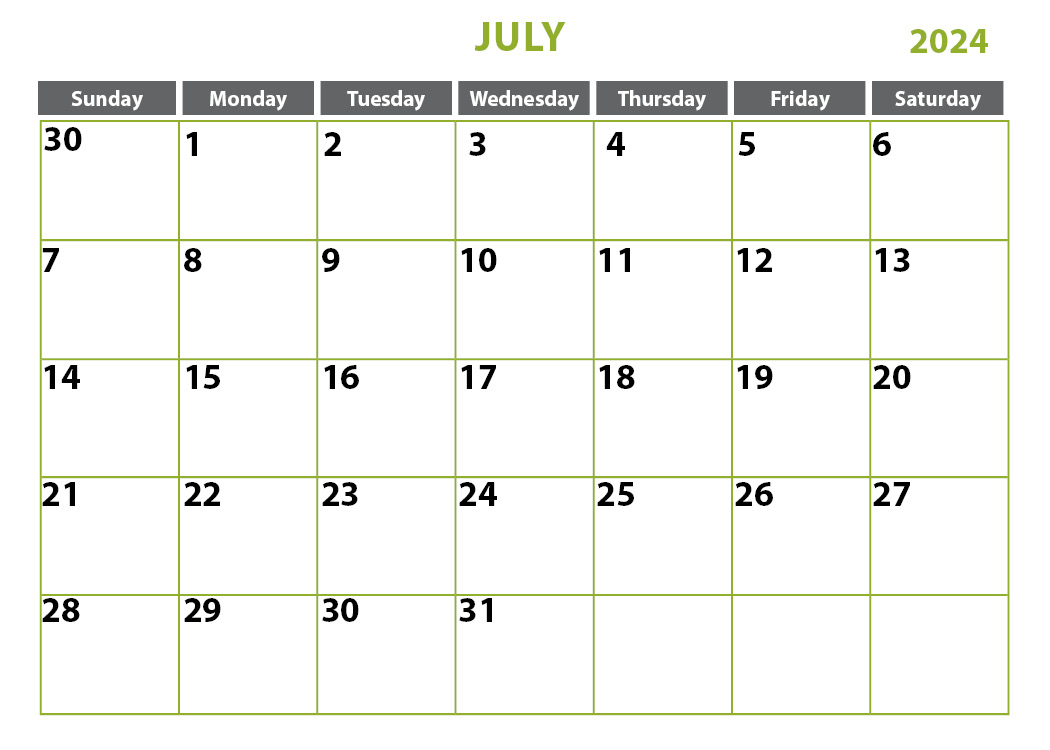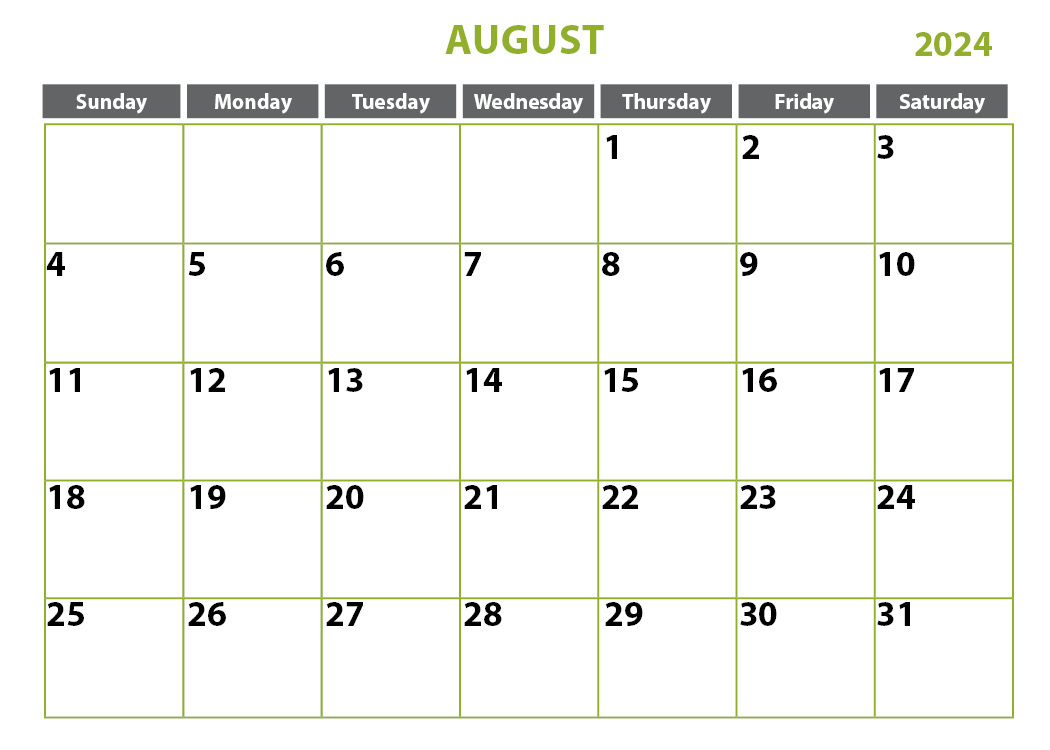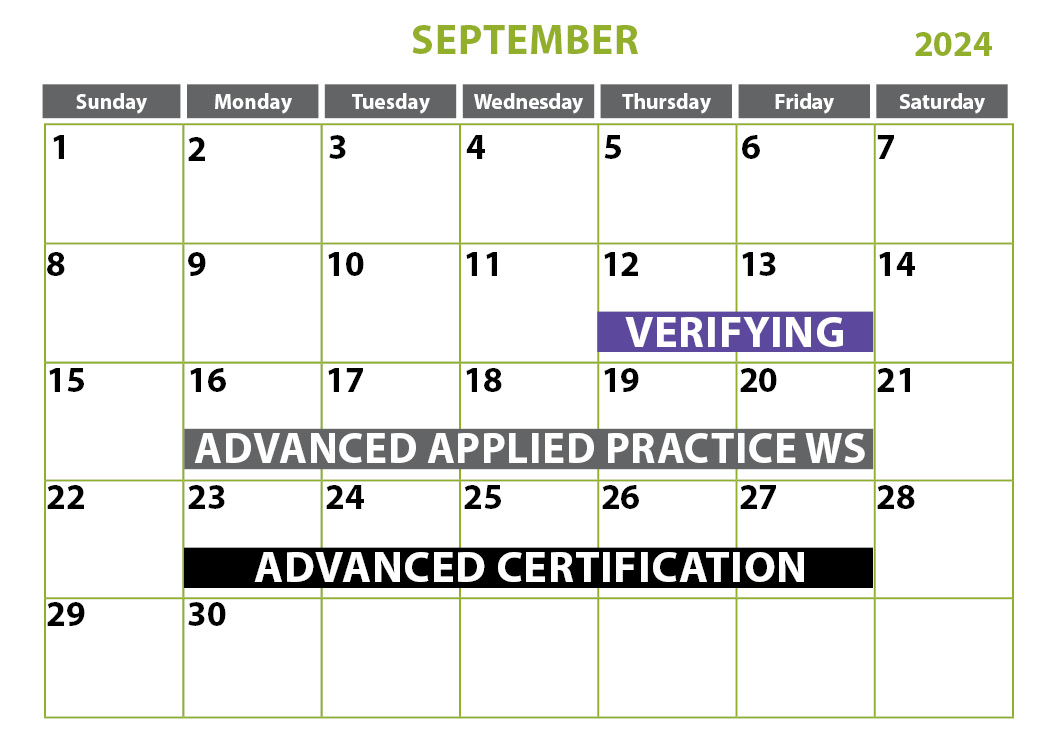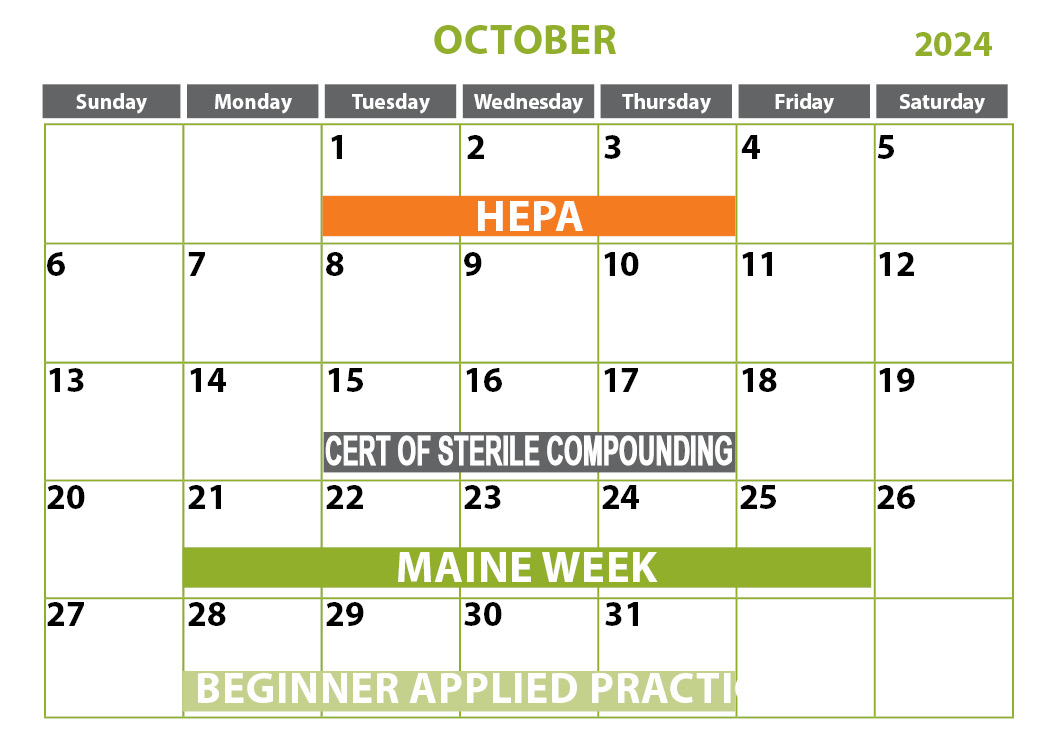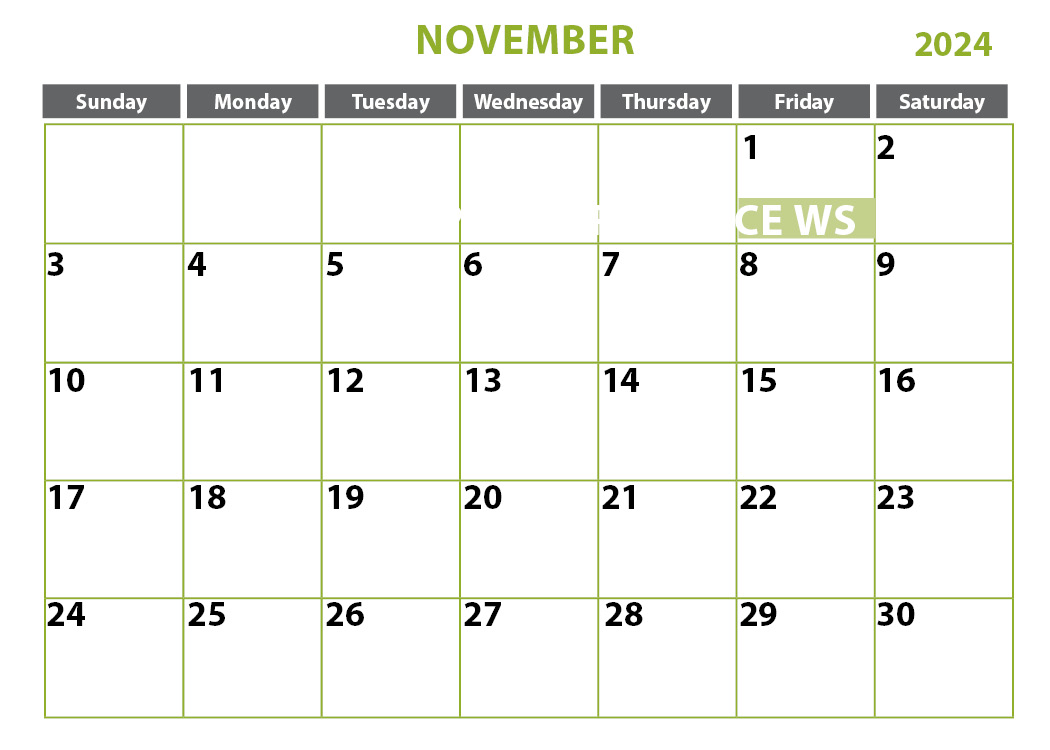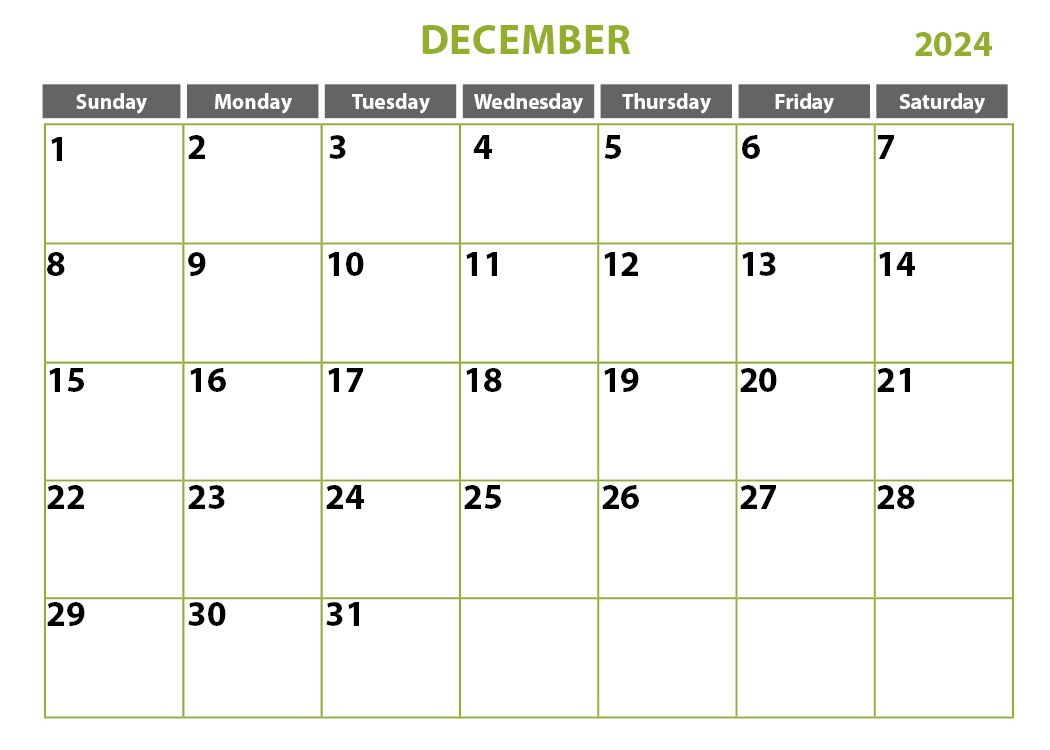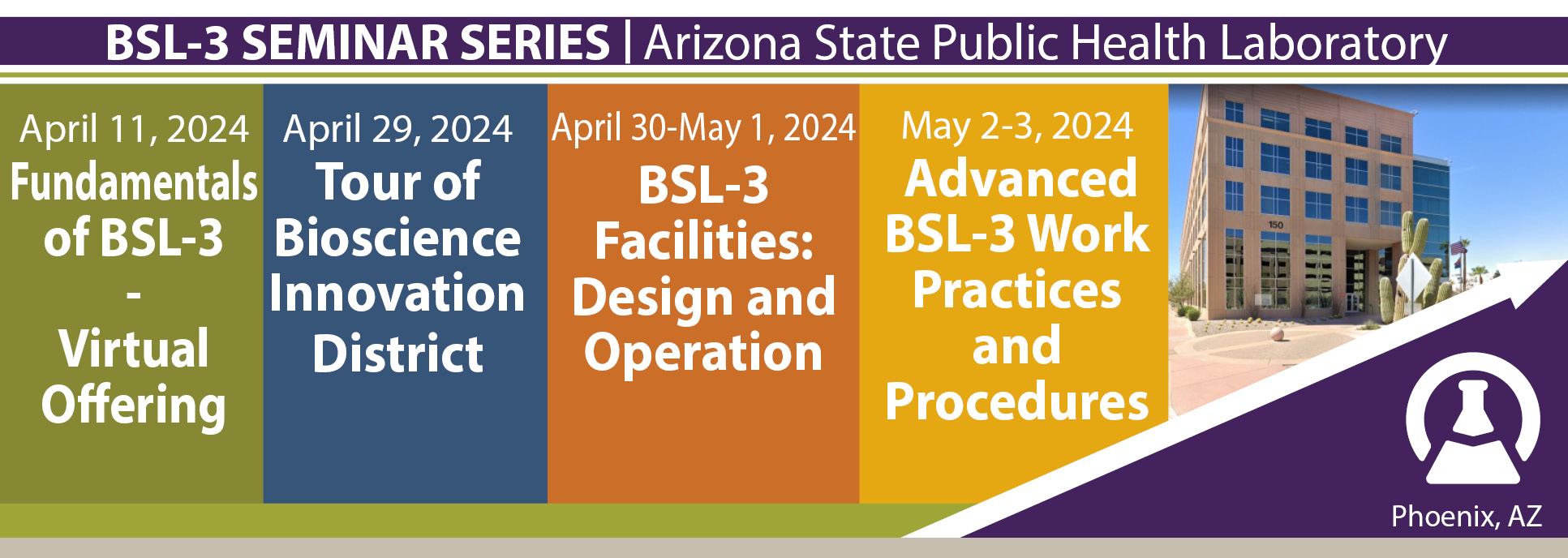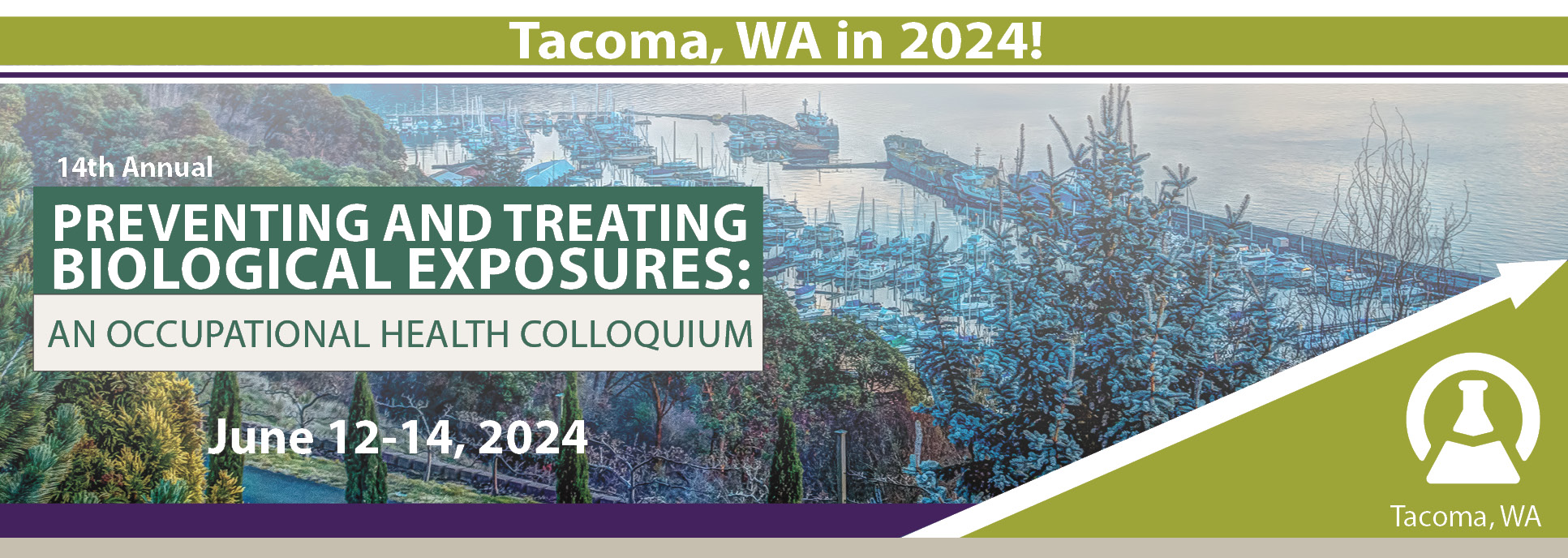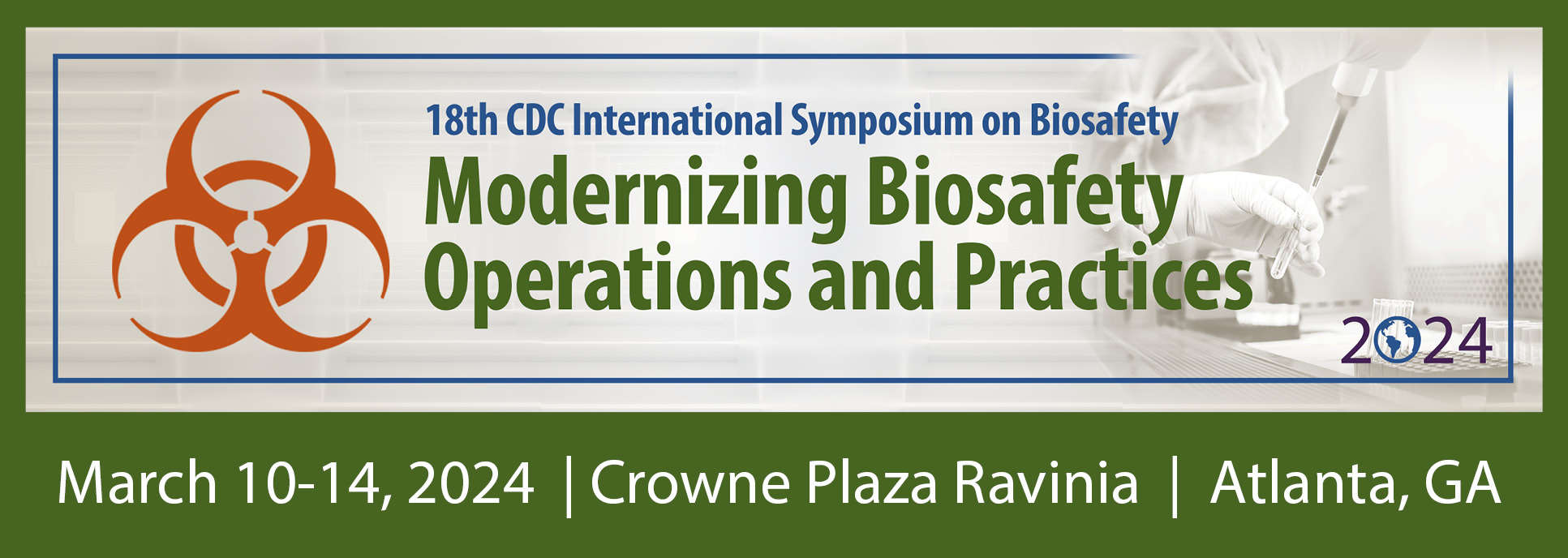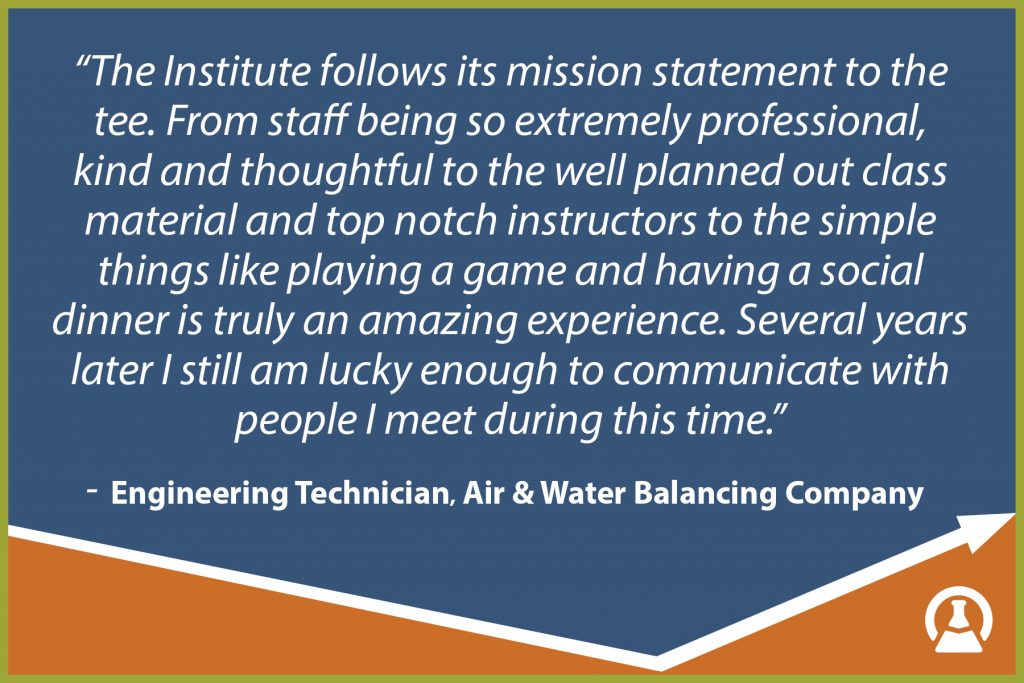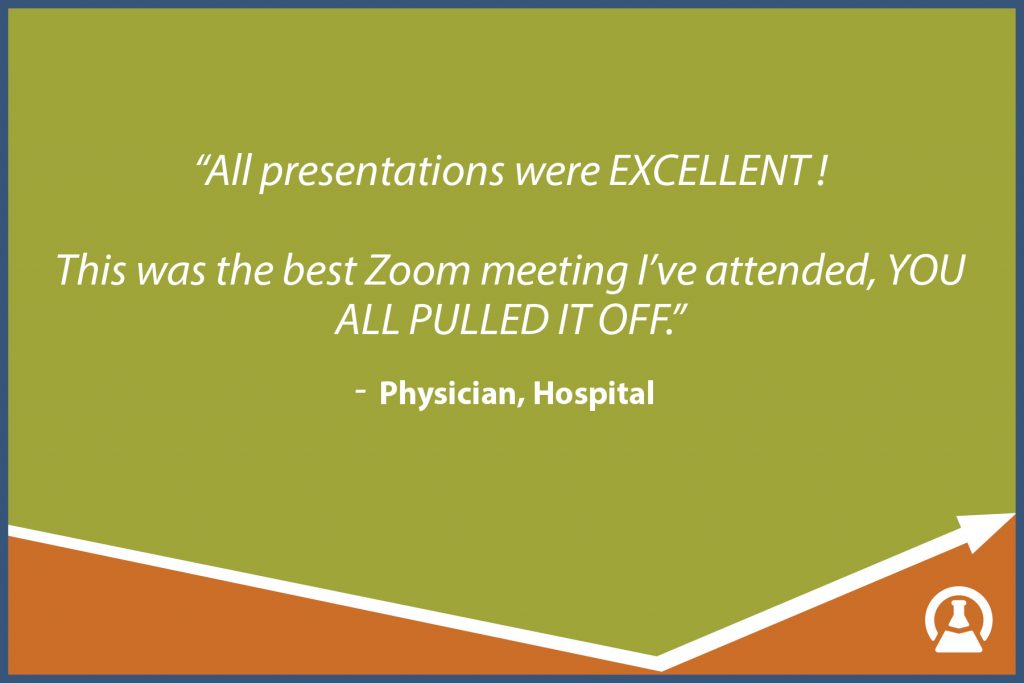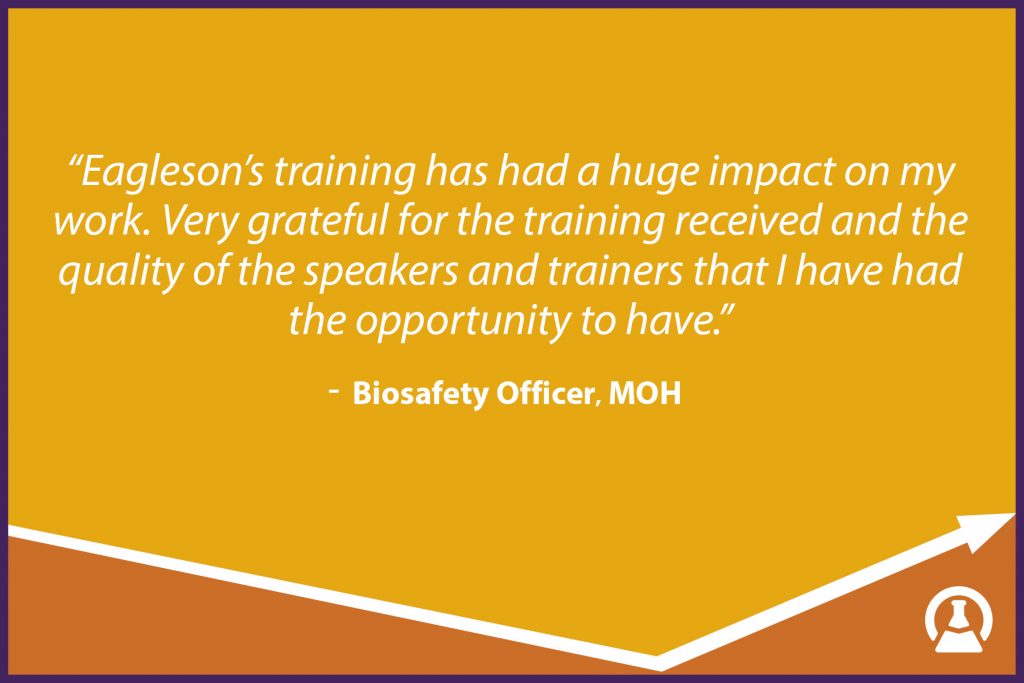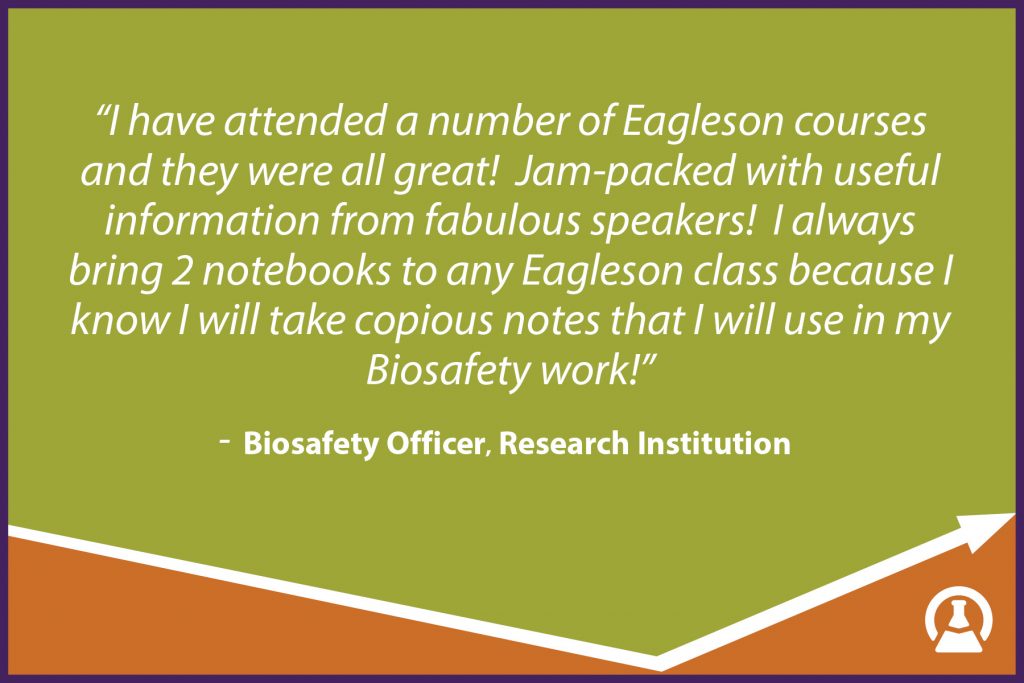- Advanced BSL3 Work Practices and Procedures
- Advanced Certification
- BSL3 Facilities: Design and Operation
- Certification of Sterile Compounding Facilities
- HVAC Systems and Laboratory Design
- Safety Cabinet Technology
- Testing of HEPA Filtered Systems and Pharmaceutical Cleanrooms
- Verifying BSL3 Facility Performance
HVAC Systems and Laboratory Design
May 9-10, 2024 | Sanford, ME
This two-day introduction to the design and evaluation of laboratory HVAC systems combines lecture, class discussion, hands-on laboratory work, and group activities. Topics include: basic airflow principles; ventilation equipment exhaust requirements; OSHA, ANSI, ASHRAE and NFPA regulations; fume hood testing and laboratory controls. Real life laboratory construction and renovations are used as examples throughout the course. All course concepts come together in an activity in which participants learn the critical questions to ask when reviewing mechanical drawings.
Participants Will Learn
- Basic ventilation elements, terms and equations
- Basic principles of lab ventilation control
- The role of pressure relationships in lab design
- Types and sources of pressure losses in exhaust systems
- The key elements of building exhaust and stack design
- How OSHA, ANSI, ASHRAE, and NFPA regulations impact lab HVAC design
- Design requirements for fume hoods and BSCs
- Uses for various airflow measuring instruments
- How to take airflow and ventilation measurements
- Steps in the lab design process
- How to read mechanical drawings
- Questions to ask when reviewing mechanical drawings
Who Is This Course For?
Design engineers, architects, certifiers, industrial hygienists, safety officers, facility engineers, and anyone involved in designing laboratories.
Course Instructors
The lead instructor is Pam Greenley, CIH, Associate Director, Environmental Health and Safety, Massachusetts Institute of Technology.
Other Instructors include:
- Larry McCarthy, Product Design Engineer, The Baker Company
- Jeff Puleo, AIA, LEED AP, Senior Architect, Science Planner, HGA
